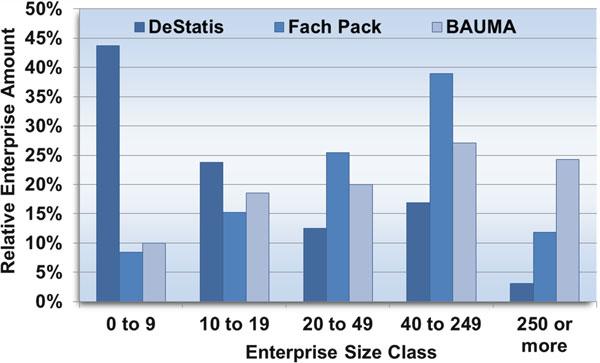14
Innovation Through Total Quality Management Elements, and Customer Loyalty…
14.4 14.4.1
131
Empirical Research Goals
The first goal of the study is to analyze the influence of the different elements of a total quality management (TQM) system on the successful implementation of relationship marketing (CRM) strategies. A CRM strategy is successful if customer loyalty is improved. The second goal is to analyze how developed these TQM elements are in the Spanish financial institutions under scrutiny. This allows the authors to observe gaps between the importance and development of each of the elements and make recommendations toward the successful implementation of CRM strategies.
14.4.2
Sample and Methodology
In the Spanish financial sector, banks and saving banks have a market share of more than 94 % for the majority of industry benchmarks. A selection of these institutions was made with data from a 2008 statistical release by Banco de España. Several entities were excluded for lack of penetration in the retail banking market since CRM strategies and TQM models are more pervasive in this type of banking. The final selection includes 53 banks and savings banks that manage more than 92 % of the industry’s assets. Data was obtained through “primary” information sources. A questionnaire was sent physically and electronically to the marketing directors of the selected financial institutions and built around the seven criteria used by one of the most prominent TQM approaches, the 1997 version of the Malcolm Baldridge National Quality Award. The different Total Quality models were originally developed as a way to measure criteria for various Quality Awards. Eventually, these models started to be used as tools for implementing TQM. Forty financial institutions returned their questionnaires, representing 72.7 % of the sample and 90 % of total assets for banks and savings banks (Table 14.1). Table 14.1 Technical specifications Universe Geographic area Sampling method Data collection method Person surveyed Population Sample size Confidence level Sampling error Information collection period
Spanish financial institutions (banks and savings banks) with presence in retail banking Spain Probability: the questionnaire is sent to all the entities in the universe Online and mail questionnaire Marketing Director of the financial institution 53 40 95 % (z = 1.96; p = q = 0.5) 7.7 % December 1, 2009 to February 28, 2010






